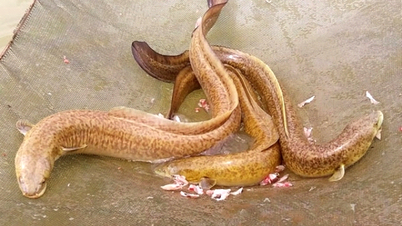According to Braemar’s quarterly Container Fleet Statistics report, a total of 2.3 million TEUs were ordered in the first half of the year, indicating that carriers’ demand for additional vessels is “only slightly down” from the 3.8 million TEUs booked in the second half of 2024.
A notable feature of the second quarter shipbuilding market was “a strong focus on newbuilding investment in regional and sub-Panamax vessels.”
“Newbuilding investment in neo-panamax and ULCS containerships will continue into 2025, but there is a clear shift towards smaller vessels,” Braemar said.
The report said 159 ships of 14,000 TEU or more were ordered last year, compared with 77 in the first half of 2025, “indicating only a slight slowdown in the pace of large-ship orders.”
However, for feeder and regional container ships under 4,000 TEUs, “the uptick in 2025 is clear.” Orders in the first six months of the year reached 74, close to the total of 80 for all of 2024.
Braemar estimates that within this vessel segment, up to 32% of the existing fleet is 20 years or older, and this figure is forecast to increase to 45%–50% by 2030.
Overall, “robust” newbuilding investment activity is currently generating an order book of 9.6 million TEUs, equivalent to 30.5% of total operating fleet capacity as of July 1.
Due to the lag between order and delivery, 3.3 million TEUs are expected to be delivered by 2028, while the average net fleet growth rate will be around 7.3%.
“This large-scale fleet renewal programme, combined with expectations of weak trade growth, will continue to widen the supply-demand curve,” warned Jonathan Roach, container market analyst at Braemar.
Mr Roach estimates that container fleet overcapacity will average 27% per year over the four-year period to 2028, with the overcapacity expected to be 18% this year and 19% in 2026.
Exacerbating the problem, Alphaliner said the number of cellular container ships sold for scrapping had dropped to “negligible levels in the first half of 2025,” with just 10 ships – totaling 5,454 TEU – being sent for recycling. That number was 48,600 TEU in the same period in 2024.
“With virtually no ships at anchor and the entire container fleet operating at full capacity, ship breaking activity has come to an almost complete halt,” Alphaliner’s latest report said.
Alphaliner attributed the reluctance of shipowners to scrap old vessels to “healthy freight and charter markets, supported by Cape of Good Hope diversions and stable global cargo volumes”.
The unit also forecasts that the already sluggish scrap sales activity will remain low in the near term, as the rerouting around the Cape of Good Hope “significantly increases TEU-mile demand,” while the supply of chartered vessels is tight.
“For carriers, continuing to operate older vessels is also a lesson learned from the string of disruptions in recent years (Covid, Red Sea, tariffs, port congestion, strikes, strained supply chains), which shows that having a portion of the fleet ‘in reserve’ is useful to deal with surprises,” Alphaliner explains.
“Increased uncertainty will play a major role in the coming years, and unexpected developments will impact the global economy , which in turn will impact the fortunes of container shipping lines,” concluded Mr. Roach.
Braemar predicts that the current profit cycle for shipping lines “will bottom out in 2028,” when Red Sea shipping resumes and the peak year for newbuilding deliveries.
gcaptain.com






































































































Comment (0)